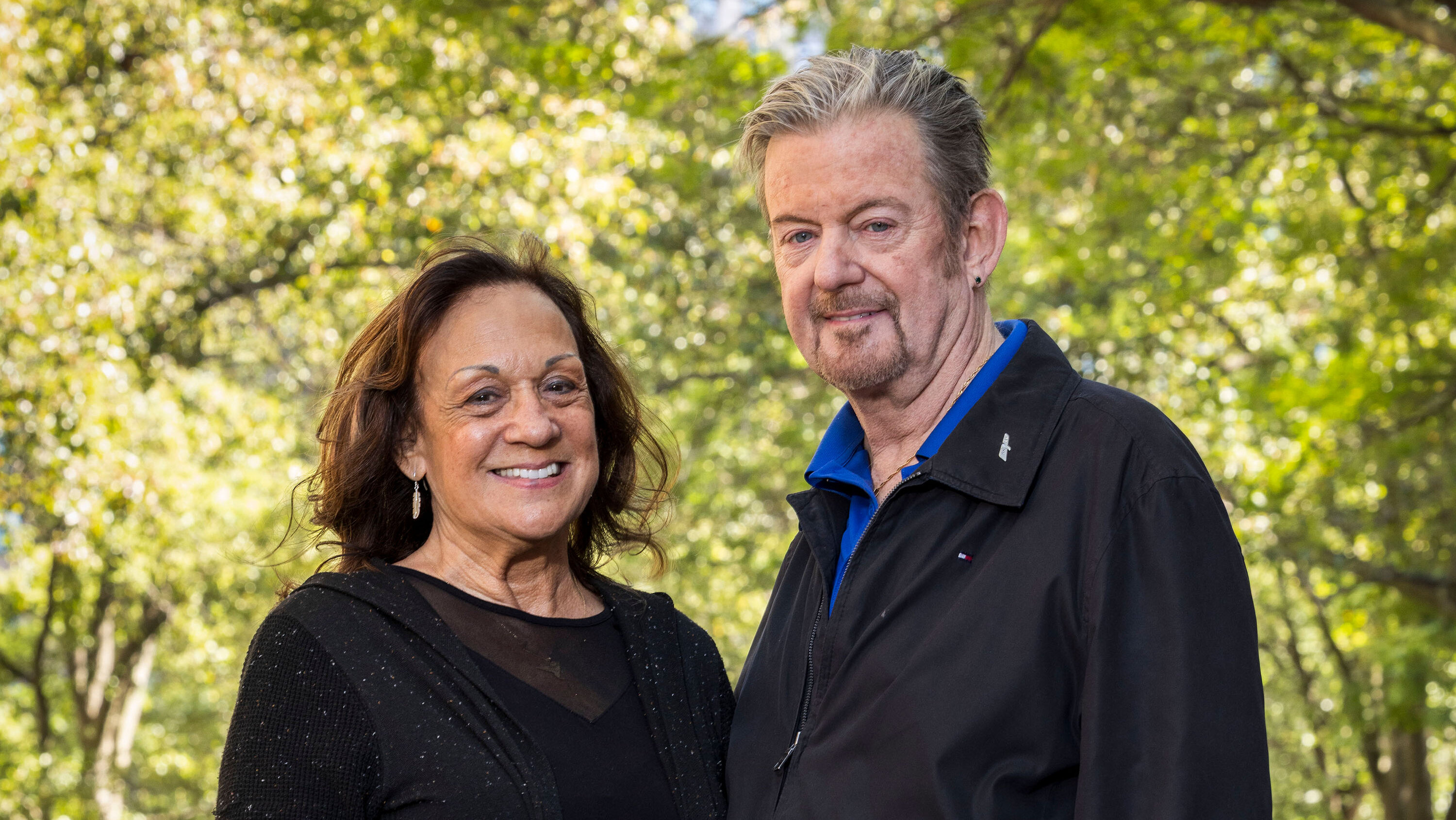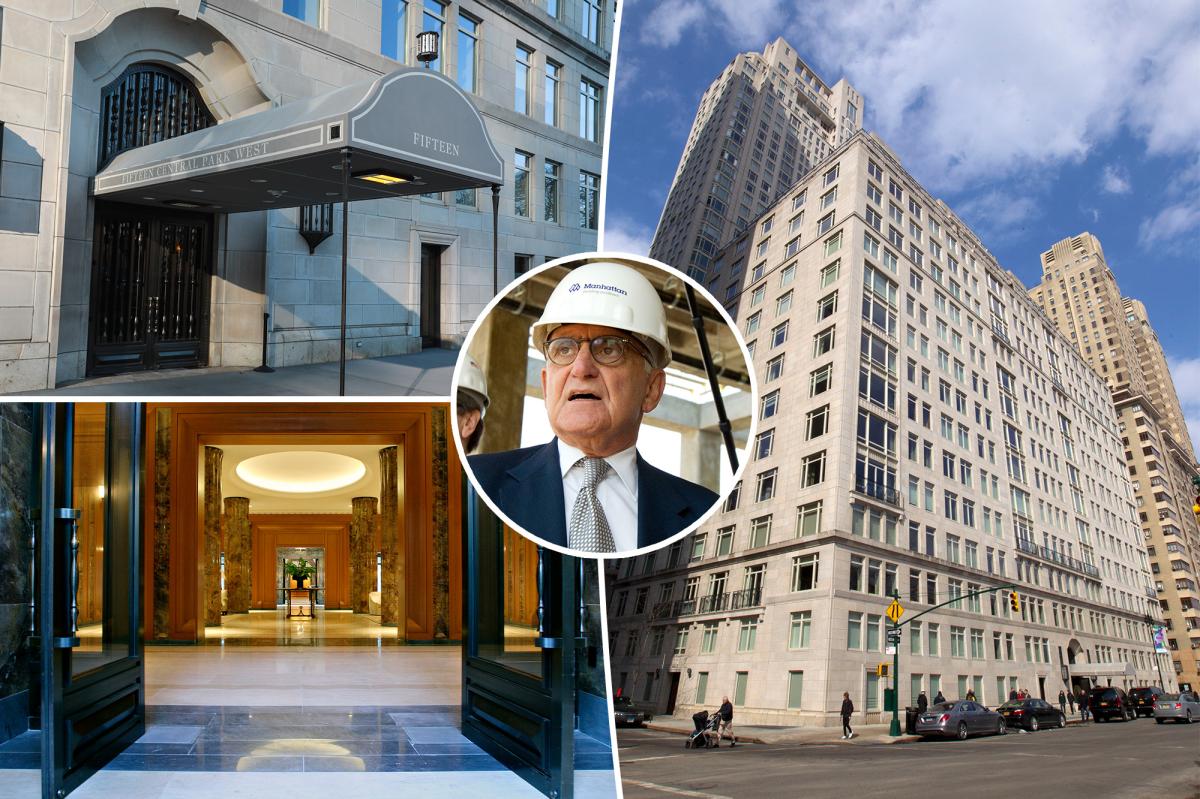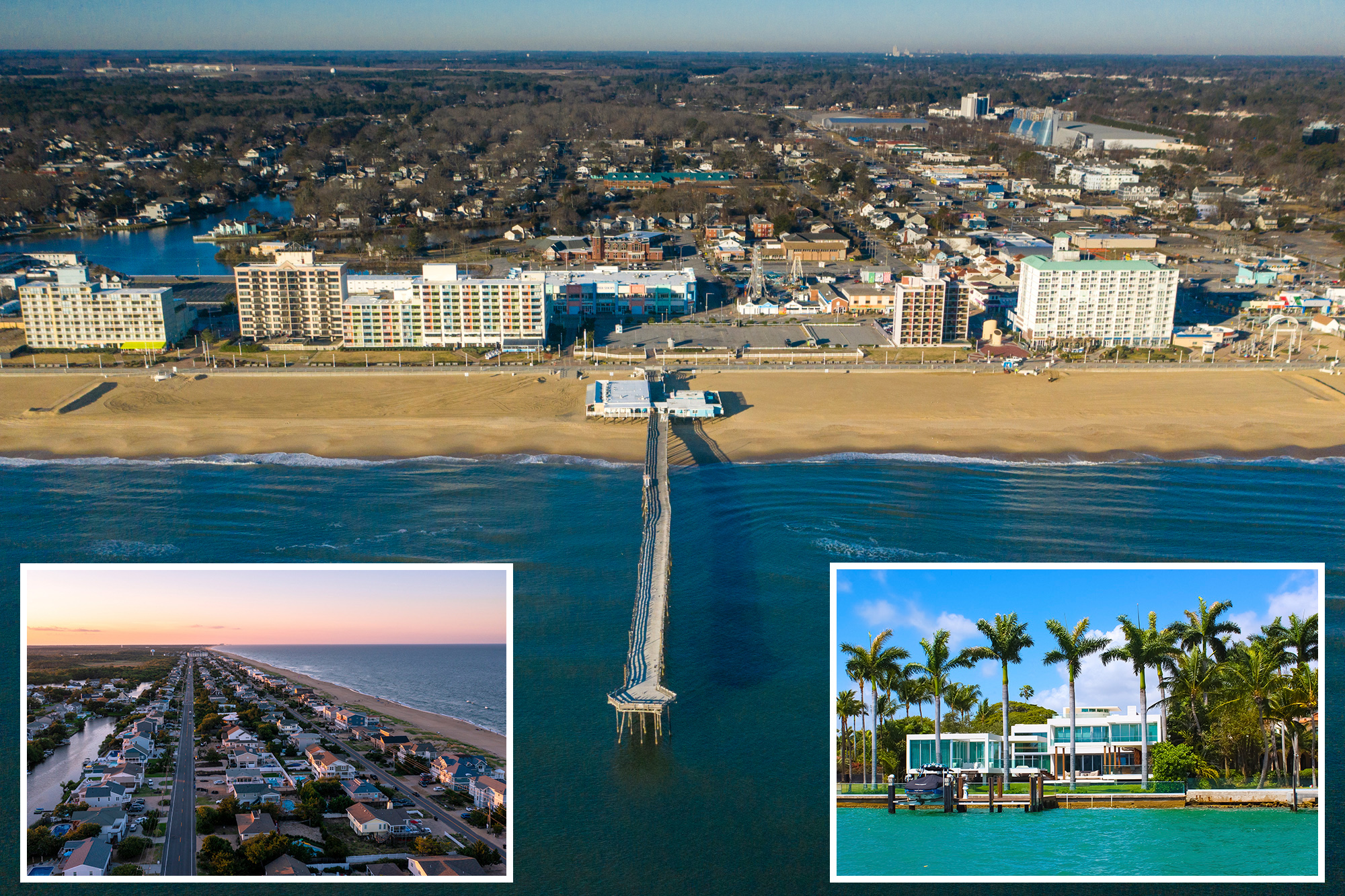E
ileen O’Connor spent her first three decades in New York, beginning on the Upper East Side before moving to Queens. In 1981, a position with a major U.S. airline sent her to Fort Worth when the company shifted its headquarters there. She stayed in Texas for forty years, saying she had planned to return if it didn’t suit her, but she fell in love with the state and could fly back to New York whenever she wanted.
While serving as the airline’s payroll manager for flight dispatchers, she met Michael O’Connor, a Philadelphia native who joined the company on his first day. He described her as “charming as could be.” They married a few years later and settled in a home in Tarrant County, close to Dallas‑Fort Worth International Airport.
Eileen retired twenty years ago but continued to travel to New York to visit her aging parents. Michael, then seventy, kept working as an air‑traffic control coordinator, calling the job “like jumping on a running horse” and “fabulous.” As retirement approached, the couple decided to move back to New York, where many relatives lived. They owned a property in Ulster County that they had inherited from their parents. With free flights as airline employees, they used the Ulster house as a base for frequent scouting trips.
After selling their Texas residence for $400,000, they sought an all‑cash purchase of a studio or one‑bedroom apartment in a well‑maintained elevator building, with a budget of up to $600,000. They wanted central air conditioning, a feature missing in the Texas heat. Their first target was the Upper East Side, a neighborhood that held personal memories and family ties. However, the buildings they viewed were dated, even if the interiors had been updated, and the area felt less vibrant than expected.
An online connection with Kunal Khemlani of the Corcoran Group discouraged them from pursuing studios. “We spent a lot of time in hotel rooms, and that’s what we were used to,” Eileen recalled. “I thought that was all we could afford.” A turning point came when they attended a Beatles tribute band at Pier 57 in Chelsea. They noticed that the area housed not only offices but also residential buildings. “It wasn’t until that day that we realized there were residential areas there we were unaware of,” Michael said. “Fifty years ago, downtown was an industrial wasteland.”
Refocusing their search to Lower Manhattan, they were drawn to Battery Park City, a district with newer buildings and waterfront views. The neighborhood offered restaurants, shops, and dog‑friendly streets. They toured several buildings, all featuring doormen, elegant lobbies, and gyms—amenities they were not particularly interested in. Monthly condo fees in Battery Park City are high, and all eighteen residential condominiums hold ground leases with the Battery Park City Authority that expire in 2069.
The one‑bedroom units they examined were largely uniform: roughly 600 square feet, two rectangular rooms, a bifold closet, a narrow hallway outside the bathroom, and a kitchen tucked into the living area with a pass‑through window. “For two people, these are well laid out and engineered with no dead space,” Michael noted.













